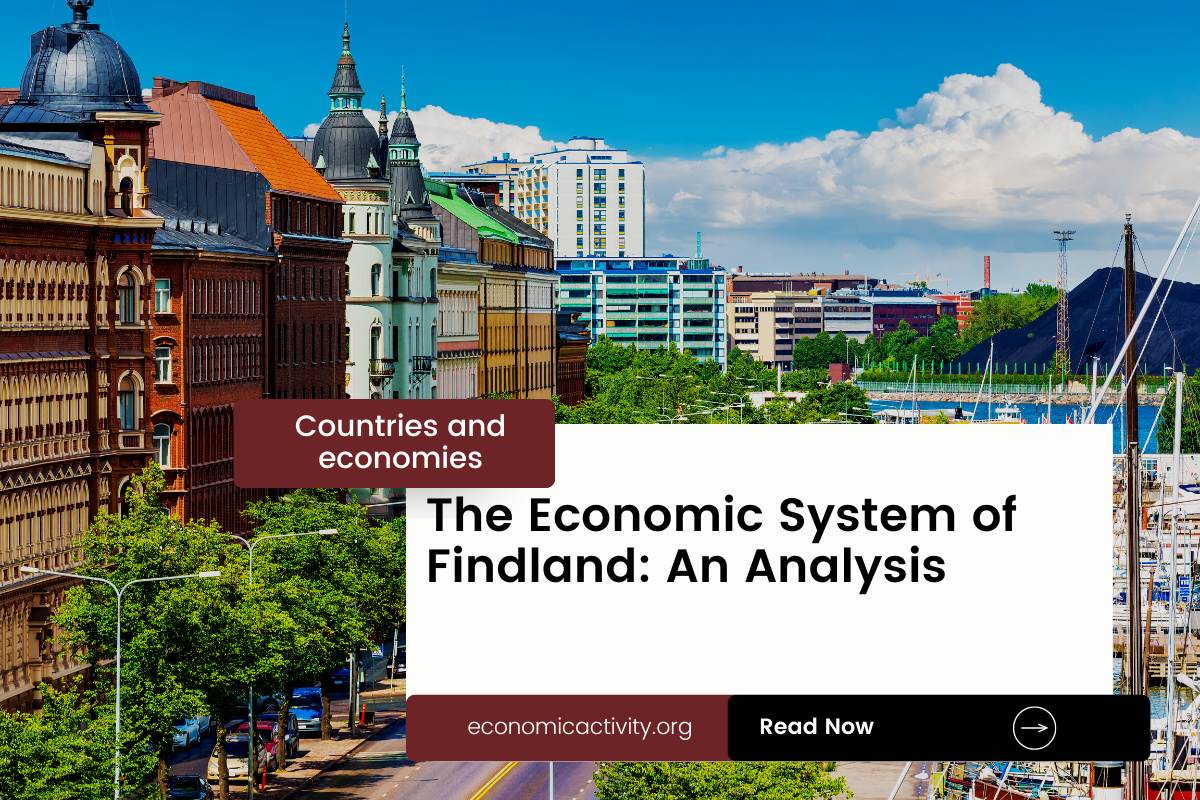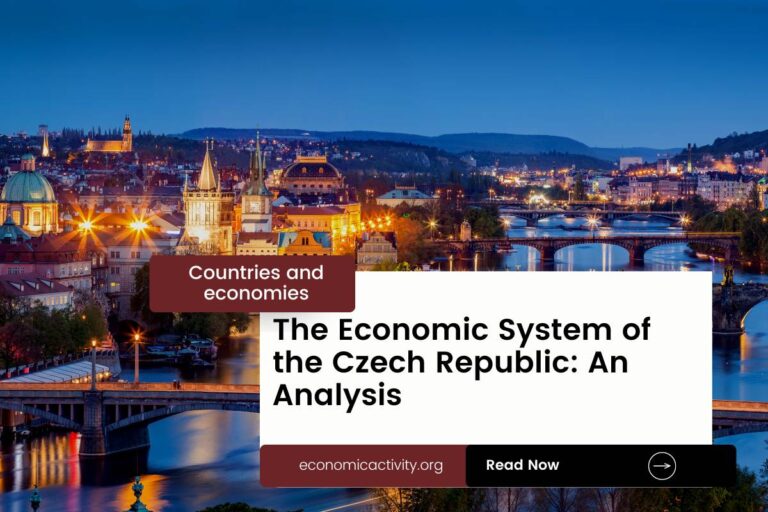What is the economic system of Finland? The economy of Finland is based on a mixed economy, that resembles a market economy. The country’s economic system combines elements of a market economy and a planned economy, individuals are free to work, produce, consume, and invest in any way they please.
In Finland, the economy includes a private sector, consisting of individuals and businesses that make autonomous decisions based on self-interest, and a public sector, where the state determines the production and distribution of specific goods and services. No country is purely capitalist or purely communist.
What do the freedom indexes tell about the economic system of Finland?
To determine if a country is mostly a market economy or a planned economy, it is useful to examine some economic indexes. For instance, according to the 2022 Index of Economic Freedom, which measures the ability of every human to control his own labor and property, Finland is ranked 9th globally and 6th in Europe indicating that the country has a mostly free economy.
In a similar way, the 2022 Freedom House index evaluates the state of political rights and civil liberties globally. Generally, market economies tend to align more with democracy and freedom, while command economies tend to be characterized by greater state control and fewer democratic and civil liberty protections.
Finland gets a score of 100/100, which qualifies it as free. Finland is a country where the government does not control what people do for political reasons, and people have the freedom to choose (what, how much, and how to produce, whether to buy or not, selling price, etc.)
The Link Between Public Sector Employment and the Economic System of Finland
An indicator of the extent to which the State is involved in the economy is the number of public sector employees. In Finland, according to ILOSTAT, the number of public sector employees as a percentage of the total workforce is 26.1% (2019). In the country, the public sector tends to be small and efficient. As result, the number of public sector employees as a percentage of the total workforce is low compared to other countries.
What does the biggest company in Finland say about the country’s economic system
The biggest company in Finland should also be looked at, as well as whether it is a state-owned or private company. In this case, Nokia from Finland is a company from the private sector. It is owned by shareholders and operates independently from the public sector. As of 2023, Nokia’s largest shareholders include institutional investors such as The Vanguard Group, Inc., BlackRock, Inc., and Norges Bank Investment Management, as well as individual investors.
More: Top 10 Biggest companies by revenue in Finland
The historical factors that have influenced the economic system of Finland
Finland’s mixed economy system has been shaped by a combination of factors, including the country’s history of strong government intervention, its reliance on natural resources, and its commitment to social welfare. The government has played a major role in the mixed economy, providing subsidies and incentives to promote economic growth and stability.
Additionally, Finland’s natural resources have been a major source of economic growth, with the forestry and fishing industries providing a significant portion of the country’s GDP. Finally, Finland has a strong commitment to social welfare, providing generous benefits to its citizens and investing in public services.





Leave a Reply